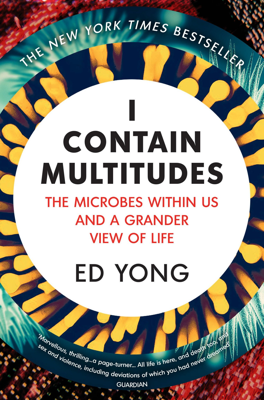The People Who Thought to Look
Early Observations of Microbes
Antony van Leeuwenhoek, a Dutch haberdasher and self-taught scientist from Delft, made groundbreaking advances in microscope technology. By creating high-quality single-lens microscopes, he achieved magnifications up to 270 times, surpassing the capabilities of the compound microscopes of his era. His dedication to detail and methodical experimentation allowed him to discover microscopic life forms, which he referred to as "animalcules."
Discoveries and Correspondence with the Royal Society
Leeuwenhoek's discoveries began with his observation of protozoa in a sample of lake water in 1674, making him the first person to ever observe these organisms. He continued to explore microscopic life in various water samples, including rainwater, wherein he observed bacteria for the first time. His observations were documented through detailed letters to the Royal Society in London. Despite initial skepticism, his findings were eventually published by the society, validating his discoveries.
Contributions and Legacy
Leeuwenhoek's meticulous studies extended to his own body, observing bacteria in dental plaque and theorizing about their interaction with human health. He significantly expanded scientific understanding of the microbial world but faced a decline in interest following his death. His techniques and discoveries laid foundational knowledge that would be built upon much later, as the significance of microbes became more apparent in various scientific fields.
Development of Microbiology
Centuries after Leeuwenhoek, the field of microbiology expanded, initially focusing on pathogens due to contributions by scientists like Louis Pasteur and Robert Koch. This period marked significant advancements in identifying the causal agents of diseases and establishing germ theory. The classification and eradication of pathogens became a primary focus, overshadowing the potential beneficial roles of microbes.
Resurgence of Interest in Beneficial Microbes
By the late 19th and early 20th centuries, other scientists began recognizing the ecological and beneficial roles of microbes. Pioneers such as Martinus Beijerinck and Sergei Winogradsky shifted focus from pathogens to the environmental and symbiotic roles of microbes, fostering the development of microbial ecology.
Modern Understanding and the Human Microbiome
Recent advancements have further shifted the narrative towards understanding the human microbiome as an "essential organ." Researchers like David Relman have utilized modern genetic sequencing techniques to explore the vast diversity of microbes within the human body, uncovering a multitude of previously unknown species and their potential benefits to human health.
Cultural Recognition
The establishment of Micropia, the world's first microbe museum in Amsterdam, demonstrates the shift in public perception and the importance of microbes. This institution educates the public about the essential roles that microbes play in health, ecosystems, and beyond, marking a significant evolution in the public understanding of microbiology from its origins to its current state as a central component of biological science.
Overall, the chapter underscores the evolution from the initial discovery of microbes to their current recognized importance in health, ecology, and biology, reflecting centuries of scientific inquiry and shifting perspectives.
